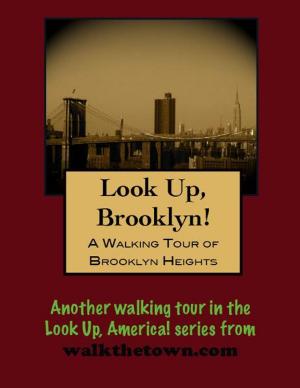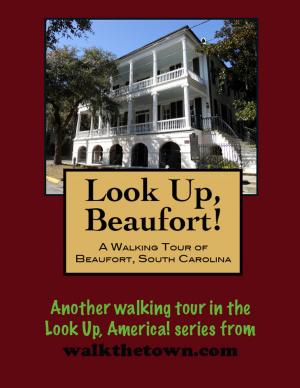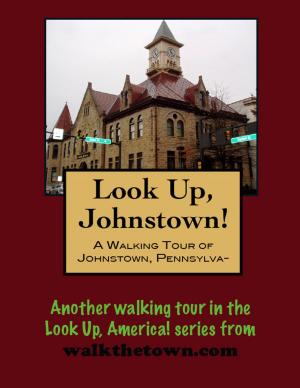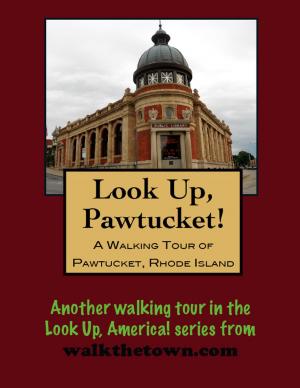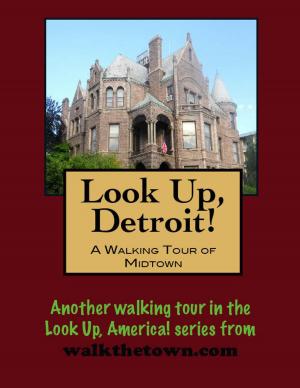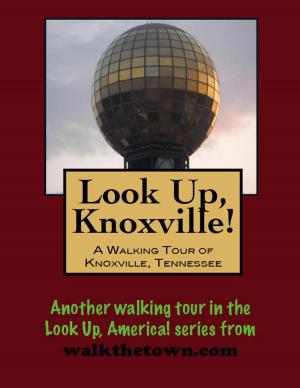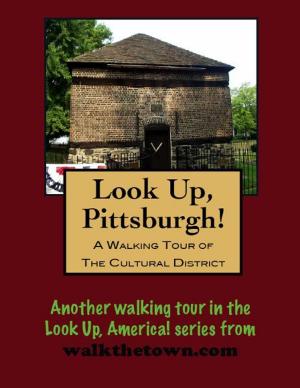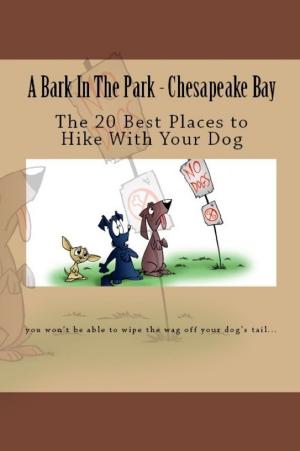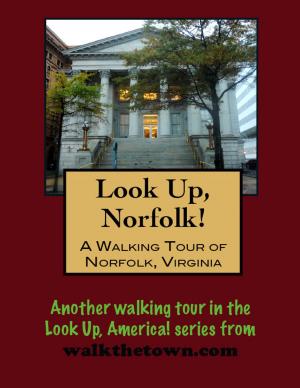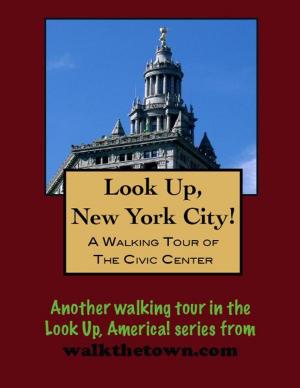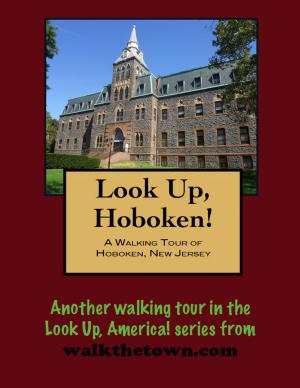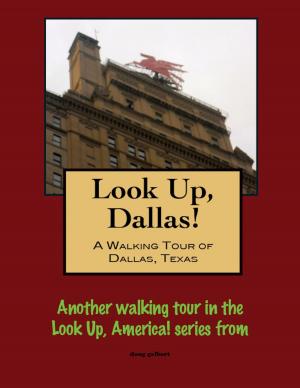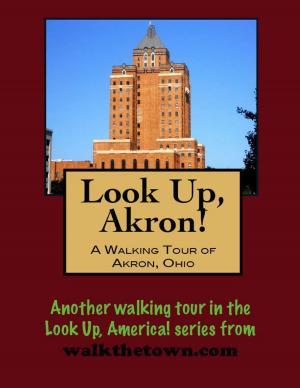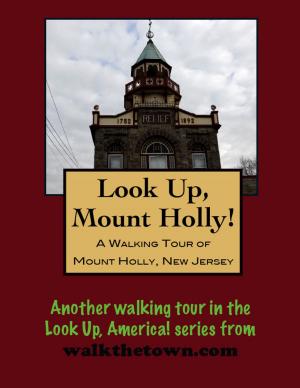Look Up, Nashville! A Walking Tour of Nashville, Tennessee
Nonfiction, Travel, United States, South, History, Americas| Author: | Doug Gelbert | ISBN: | 9781465895585 |
| Publisher: | Doug Gelbert | Publication: | September 27, 2011 |
| Imprint: | Smashwords Edition | Language: | English |
| Author: | Doug Gelbert |
| ISBN: | 9781465895585 |
| Publisher: | Doug Gelbert |
| Publication: | September 27, 2011 |
| Imprint: | Smashwords Edition |
| Language: | English |
There is no better way to see America than on foot. And there is no better way to appreciate what you are looking at than with a walking tour. Whether you are preparing for a road trip or just out to look at your own town in a new way, a downloadable walking tour is ready to explore when you are.
Each walking tour describes historical and architectural landmarks and provides pictures to help out when those pesky street addresses are missing. Every tour also includes a quick primer on identifying architectural styles seen on American streets.
There was nothing haphazard about the founding of Nashville. The Cumberland Valley was scouted and a settlement party organized. James Robertson, a man who President Andrew Jackson would refer to as "The Father of Tennessee," led pioneers overland in the fall of 1779 to a verdant valley he had selected months earlier. The settlers drove herds of horses, cattle and sheep to the west bank of the Cumberland River, cleared land and constructed cabins. The following spring Colonel John Donelson commanded a flotilla of 30 flatboats containing the women, children and household goods for the settlement. It was called Fort Nashborough at first, for recently killed Revolutionary War general Francis Nash, but when North Carolina, which then legislated all lands to the Mississippi River, set aside 250 acres on the west side of the Cumberland River for a townsite the name was massaged to "Nashville" which didn't sound so English.
By the time Tennessee was admitted to the Union as the 16th state, Nashville was a trade and manufacturing center with mills, foundries and smithies supplying the frontier. The state government spent time in Kingston and Knoxville and Murfreesboro and Nashville before settling here in 1843. At the time Nashville was experiencing a boom period borne of profitable steamboat trade on the Cumberland River.
Today Nashville basks in its image as Music City. But its musical roots do not run deep. Histories of the town written in the mid-20th century mention nary a word about music. The town was built on transportation and banking and publishing. From the 1850s onward, in fact, Nashville cultivated its image as the "Athens of the South." It was the first Southern city to establish a public school system and a half-dozen colleges would open their doors in Nashville before 1900. In 1897 the city strutted its stuff before an estimated six million people during the Centennial Exposition celebrating the 100th anniversary of Tennessee statehood. In a bit of 19th century wizardry, President William McKinley kicked off the festivities by pressing a button in Washington that triggered a gun in Centennial Park; McKinley would later join the throngs at the fair.
Nashville's ascendancy to music mecca in America began with the Great Depression. Economic hard times stifled record sales and helped popularize radio. In 1932 station WSM in Nashville boosted its power to 50,000 watts becoming a clear channel station whose signal at night could be picked up almost across the country. In those dusky hours WSM played country music mostly and on Saturday nights it aired a program it had begun in 1925 called Barn Dance, which would become known across America as the Grand Ole Opry. In the 1950s record producers in Nashville began smoothing out traditional instruments such as fiddles from "hillbilly music" to create a "Nashville sound" that meshed with new record buying public tastes of the times. By 1960 only New York was producing more recorded music than Nashville.
The 1950s were the only decade in the town's history when Nashville lost population. In the 1960s more than 250,000 people moved to the city, a increase of 162%. They couldn't all be songwriters, could they? Maybe. Our walking tour will see what the popularity of country music has wrought in downtown Nashville but first we will start where the town began, down on the west bank of the Cumberland River...
There is no better way to see America than on foot. And there is no better way to appreciate what you are looking at than with a walking tour. Whether you are preparing for a road trip or just out to look at your own town in a new way, a downloadable walking tour is ready to explore when you are.
Each walking tour describes historical and architectural landmarks and provides pictures to help out when those pesky street addresses are missing. Every tour also includes a quick primer on identifying architectural styles seen on American streets.
There was nothing haphazard about the founding of Nashville. The Cumberland Valley was scouted and a settlement party organized. James Robertson, a man who President Andrew Jackson would refer to as "The Father of Tennessee," led pioneers overland in the fall of 1779 to a verdant valley he had selected months earlier. The settlers drove herds of horses, cattle and sheep to the west bank of the Cumberland River, cleared land and constructed cabins. The following spring Colonel John Donelson commanded a flotilla of 30 flatboats containing the women, children and household goods for the settlement. It was called Fort Nashborough at first, for recently killed Revolutionary War general Francis Nash, but when North Carolina, which then legislated all lands to the Mississippi River, set aside 250 acres on the west side of the Cumberland River for a townsite the name was massaged to "Nashville" which didn't sound so English.
By the time Tennessee was admitted to the Union as the 16th state, Nashville was a trade and manufacturing center with mills, foundries and smithies supplying the frontier. The state government spent time in Kingston and Knoxville and Murfreesboro and Nashville before settling here in 1843. At the time Nashville was experiencing a boom period borne of profitable steamboat trade on the Cumberland River.
Today Nashville basks in its image as Music City. But its musical roots do not run deep. Histories of the town written in the mid-20th century mention nary a word about music. The town was built on transportation and banking and publishing. From the 1850s onward, in fact, Nashville cultivated its image as the "Athens of the South." It was the first Southern city to establish a public school system and a half-dozen colleges would open their doors in Nashville before 1900. In 1897 the city strutted its stuff before an estimated six million people during the Centennial Exposition celebrating the 100th anniversary of Tennessee statehood. In a bit of 19th century wizardry, President William McKinley kicked off the festivities by pressing a button in Washington that triggered a gun in Centennial Park; McKinley would later join the throngs at the fair.
Nashville's ascendancy to music mecca in America began with the Great Depression. Economic hard times stifled record sales and helped popularize radio. In 1932 station WSM in Nashville boosted its power to 50,000 watts becoming a clear channel station whose signal at night could be picked up almost across the country. In those dusky hours WSM played country music mostly and on Saturday nights it aired a program it had begun in 1925 called Barn Dance, which would become known across America as the Grand Ole Opry. In the 1950s record producers in Nashville began smoothing out traditional instruments such as fiddles from "hillbilly music" to create a "Nashville sound" that meshed with new record buying public tastes of the times. By 1960 only New York was producing more recorded music than Nashville.
The 1950s were the only decade in the town's history when Nashville lost population. In the 1960s more than 250,000 people moved to the city, a increase of 162%. They couldn't all be songwriters, could they? Maybe. Our walking tour will see what the popularity of country music has wrought in downtown Nashville but first we will start where the town began, down on the west bank of the Cumberland River...


